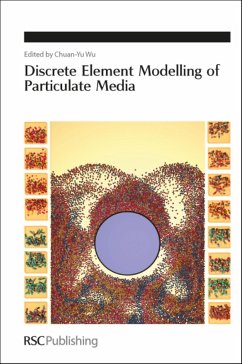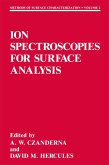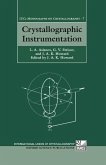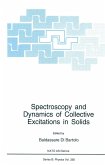Discrete Element Methods (DEM) is a numerical technique for analysing the mechanics and physics of particulate systems. Originated in the late seventies for analysing geotechnical problems, it has seen significant development and is now employed extensively across disciplines. Produced in celebration of the 70th Birthday of Colin Thornton, this book contains a selection of papers concerning advances in discrete element modelling which were presented at the International Symposium on Discrete Element Modelling of Particulate Media held at Birmingham, UK on 28-30th March, 2012. The book showcases the wide application of discrete element modelling in gas-solid fluidisation, particulate flows, liquid-solid systems and quasi-static behaviour. It also reports the recent advancement in coupled DEM with computational fluid dynamics, Lattice Boltzmann Methods for multiphase systems and the novel application of DEM in contact electrification and fracture of granular systems. Aimed at research communities dealing with this technique in the powder handling and formulation industries, this will be a welcomed addition to the literature in this area.








